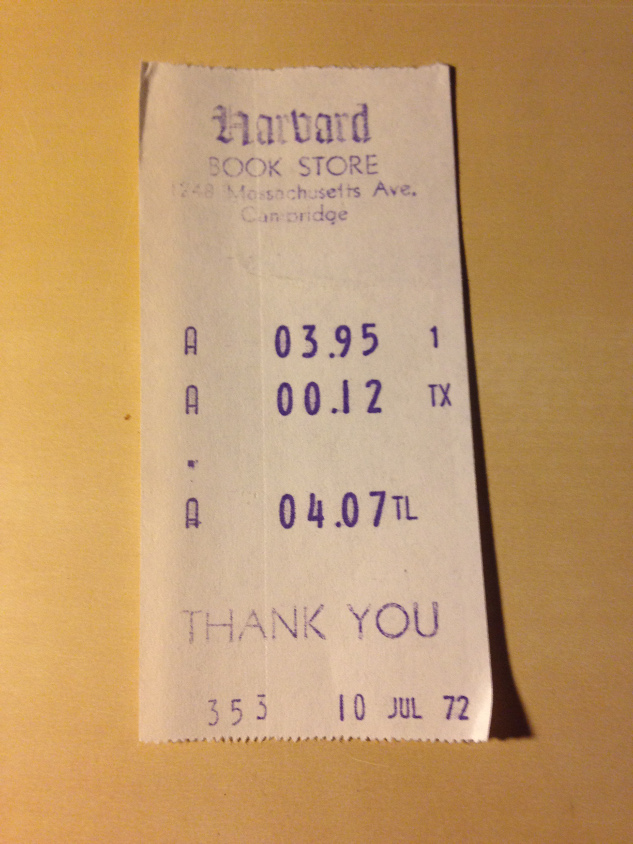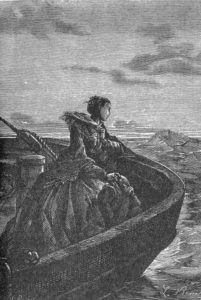Around the World in 80 Bookmarks

Before coming to do my Masters at St Andrews I had an internship at a self-publishing company. One of the central pieces of advice the Communications Manager always used to give to authors about literary marketing was that the humble bookmark is an incredibly powerful tool. I don’t think I fully appreciated this advice until coming to begin an exploration of the gift of István Hont’s library (see my previous post).
I have come to learn that organising a library is both an art and a science. It is a science because if you do not organise it systematically nobody will ever be able to find anything, which rather defeats the point. It is an art because spatial and budgetary constraints demand that aesthetic decisions be made about what fits within the frame those constraints impose. I’m going through, picking little cross-sections of the Hont collection and seeing what they’re about.
As is ever thus when one begins something new, I found things I didn’t expect. Namely, quite a few bookmarks from locations all over the world. We shall leave aside the fact that the discovery of bookmarks in books surprised me for now, although it does make one wonder at my continued academic journey.
My first instinct upon finding one from the Cambridge University Press shop was to forget about it. Hont spent most of his career at Cambridge and so finding a generic bookmark wasn’t particularly interesting.

Once others began to appear, however, I changed my mind. These bookmarks were little thumbtacks on a map. Before the time of Facebook check-ins, and it is unlikely István participated in that particular revolution, they were creating their own geographical record. A story unto themselves, the story of the bookshops István visited: The Old Library in Colchester; The Book Forum across from Columbia University; Unsworth Booksellers on Bloomsbury St; Harvard Book Store (where, incidentally, a book cost him four dollars and seven cents on the 10th July 1972); and of course, the Cambridge University Press bookshop. It is even possible to construct a history of Cambridge University Press bookmarks, whose teleology seems to point towards brighter colours and more pictures as the end game of its aesthetic.
In a way, these are relics of a pilgrimage that would be recognisable to any bibliophile in the world. The determination to visit the bookshop in whatever town one passes through. Nothing quite compares to the delight, comfort, and sublime restfulness one achieves through visiting the local bookshop.
To finish the point with which I began, those bookmarks have travelled the globe. As a marketing scheme they are no doubt brilliant. I want to visit all those bookshops. When I find myself in those cities, I will. But they are more than cynical commerce. They last because they are useful to the art of reading and often beautiful as well.

They have meaning. They are a moment in time. 10 years ago István may have placed a bookmark to go make himself a cup of tea. The page he was on, the progress of his journey through the book, was crystallised in a simple bookmark. And here I am 10 years later, discovering where he left this particular journey.
I have not yet found 80 bookmarks. But I have not yet opened up many of Hont’s books.
– Samuel Walton